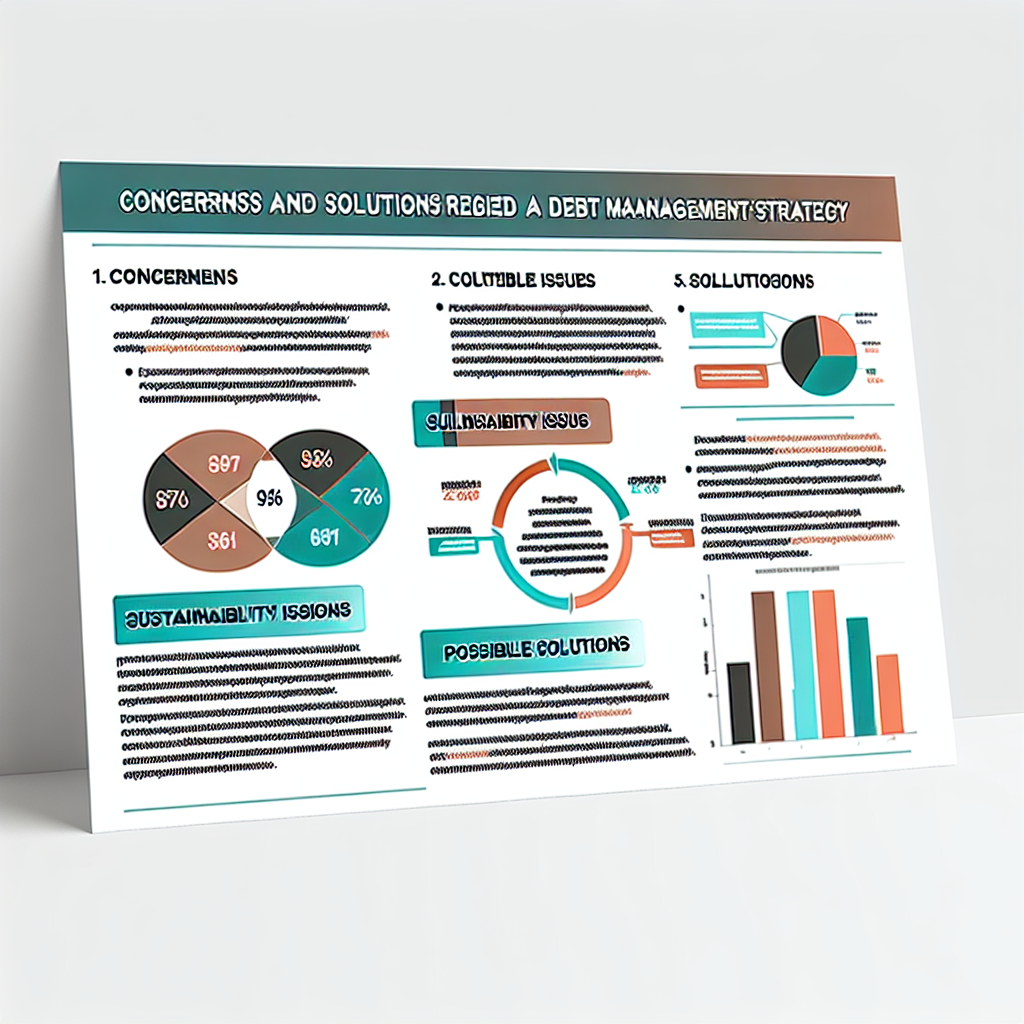Mongolia’s Debt Management Strategy: Sustainability Concerns and Solutions

Mongolia, a landlocked country in East Asia, has experienced significant economic fluctuations over the past decade, largely driven by its rich mineral resources. However, the rapid growth has led to mounting debt, raising concerns about the sustainability of its debt management strategy. This article explores the current state of Mongolia’s debt, the challenges it faces, and potential solutions to ensure long-term financial stability.
The Current State of Mongolia’s Debt
As of 2023, Mongolia’s public debt stands at approximately 60% of its GDP, a figure that has raised alarms among economists and policymakers. The country has relied heavily on external borrowing to finance infrastructure projects and stimulate economic growth. Key statistics include:
- In 2021, Mongolia’s external debt reached $29 billion, with a significant portion owed to international creditors.
- The country has faced a series of credit rating downgrades, reflecting concerns over its ability to manage debt sustainably.
- In 2022, Mongolia’s economy contracted by 4.3%, exacerbating the debt crisis and leading to increased borrowing costs.
These figures highlight the precarious position of Mongolia’s economy, which is heavily reliant on the mining sector, particularly coal and copper exports. The volatility of global commodity prices further complicates the situation, making it difficult for the government to generate consistent revenue streams.
Challenges in Debt Management
Mongolia’s debt management strategy faces several critical challenges that threaten its sustainability:
- Dependence on External Financing: A large portion of Mongolia’s debt is denominated in foreign currencies, exposing the country to exchange rate risks.
- Economic Vulnerability: The economy’s reliance on a few key sectors makes it susceptible to external shocks, such as fluctuations in commodity prices.
- Weak Institutional Framework: Inefficiencies in public financial management and a lack of transparency hinder effective debt management.
- Social and Political Pressures: The need for immediate social spending can lead to short-term borrowing decisions that compromise long-term fiscal health.
Case Studies: Lessons from Other Countries
To address these challenges, Mongolia can draw lessons from other countries that have successfully navigated similar debt crises. For instance:
- Ghana: After facing a debt crisis in the early 2000s, Ghana implemented a comprehensive debt management strategy that included better fiscal discipline and improved revenue collection mechanisms.
- Argentina: Following its default in 2001, Argentina restructured its debt and focused on enhancing its export base, which helped stabilize its economy.
These examples illustrate the importance of a multifaceted approach to debt management that combines fiscal responsibility with economic diversification.
Proposed Solutions for Mongolia
To enhance the sustainability of its debt management strategy, Mongolia should consider the following solutions:
- Diversification of the Economy: Reducing reliance on mining by investing in agriculture, tourism, and technology can create a more resilient economic structure.
- Strengthening Public Financial Management: Improving transparency and efficiency in public spending can help build investor confidence and reduce borrowing costs.
- Debt Restructuring: Engaging with creditors to restructure existing debt can provide immediate relief and create a more manageable repayment schedule.
- Enhancing Domestic Revenue Generation: Expanding the tax base and improving tax collection can provide a more stable source of funding for public services.
Conclusion
Mongolia’s debt management strategy is at a critical juncture, with sustainability concerns threatening its economic stability. By learning from the experiences of other nations and implementing targeted solutions, Mongolia can navigate its debt challenges effectively. The path forward requires a commitment to economic diversification, improved public financial management, and proactive engagement with creditors. With these measures in place, Mongolia can work towards a more sustainable and resilient economic future.





